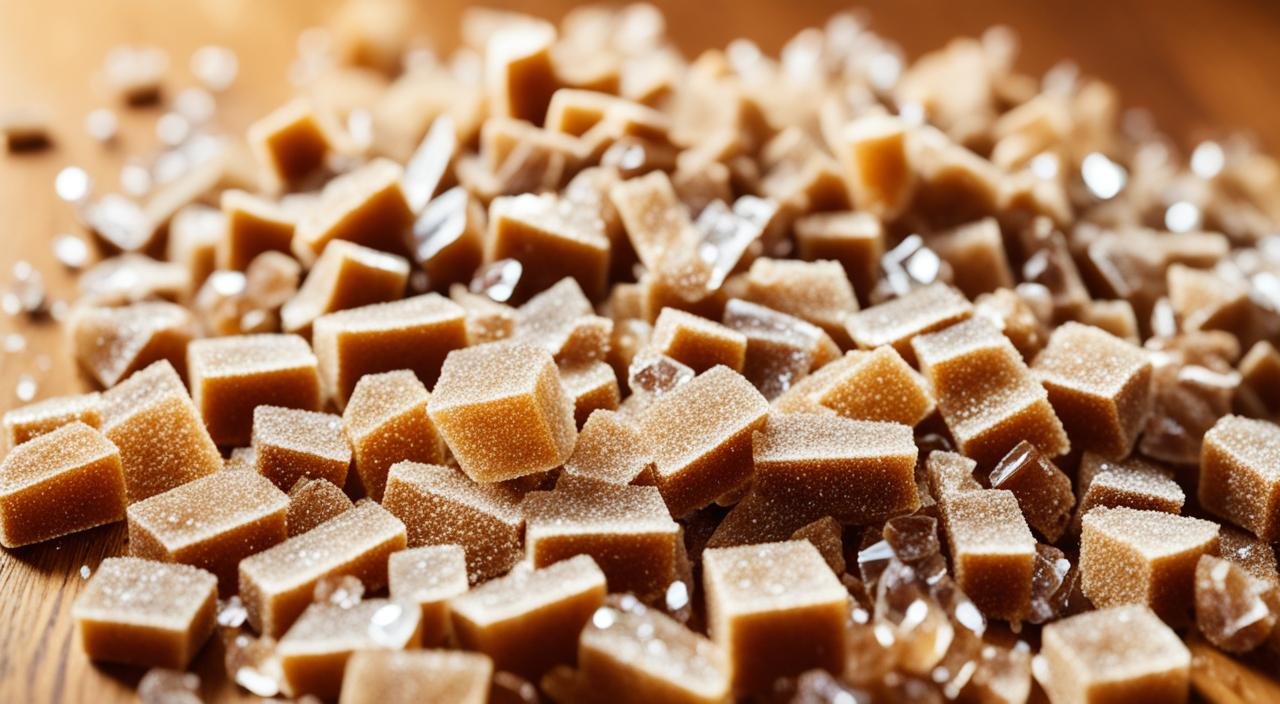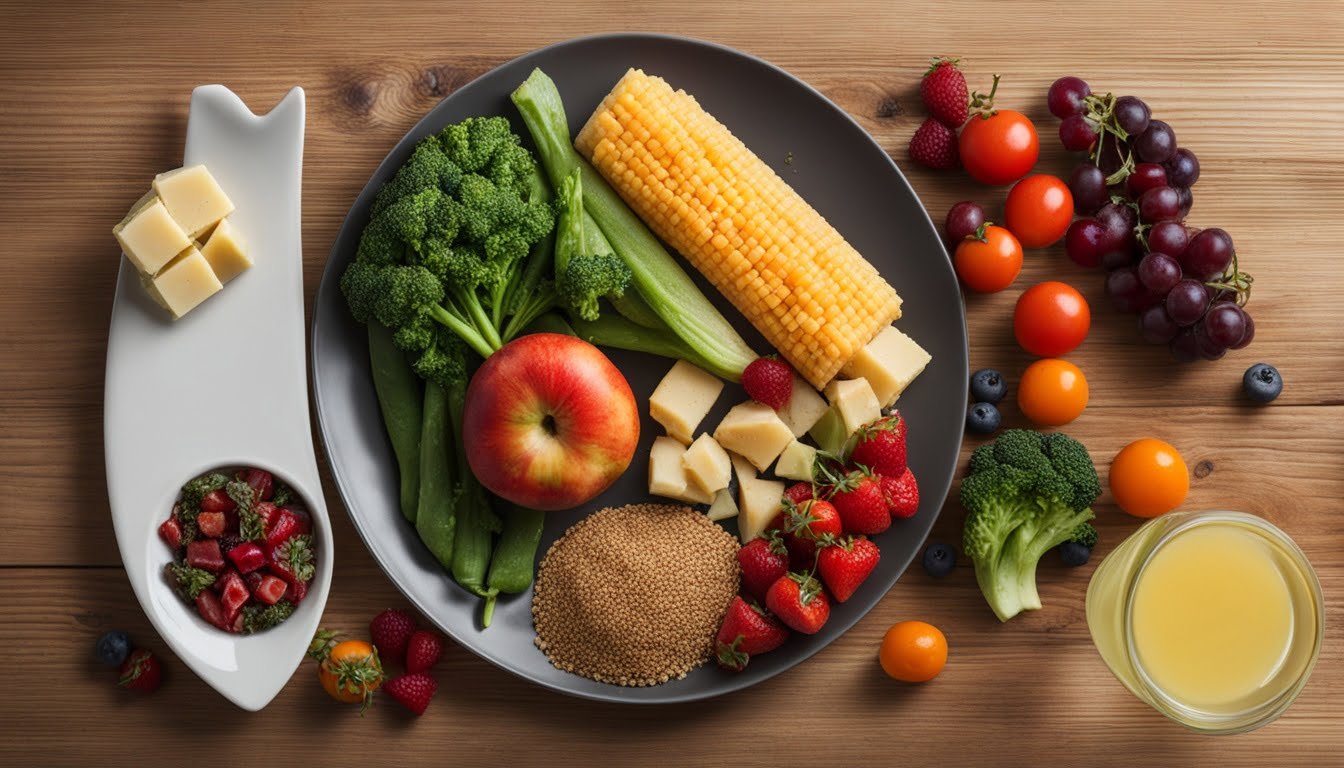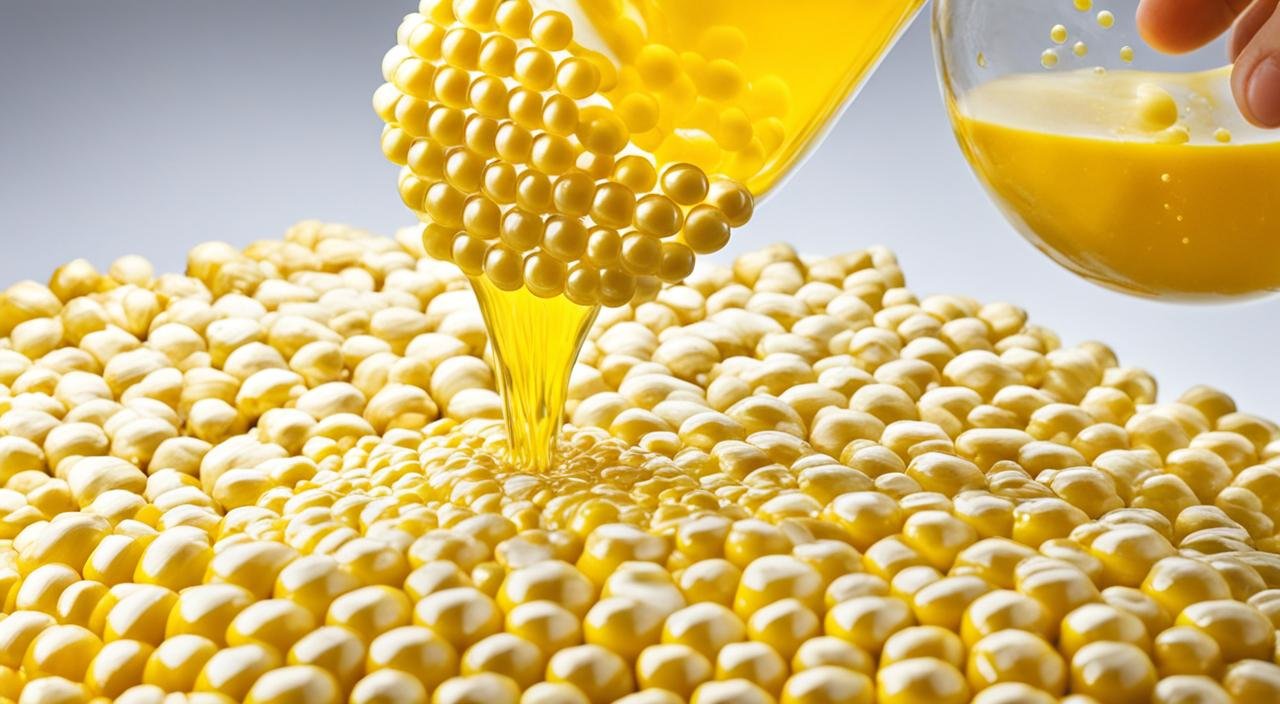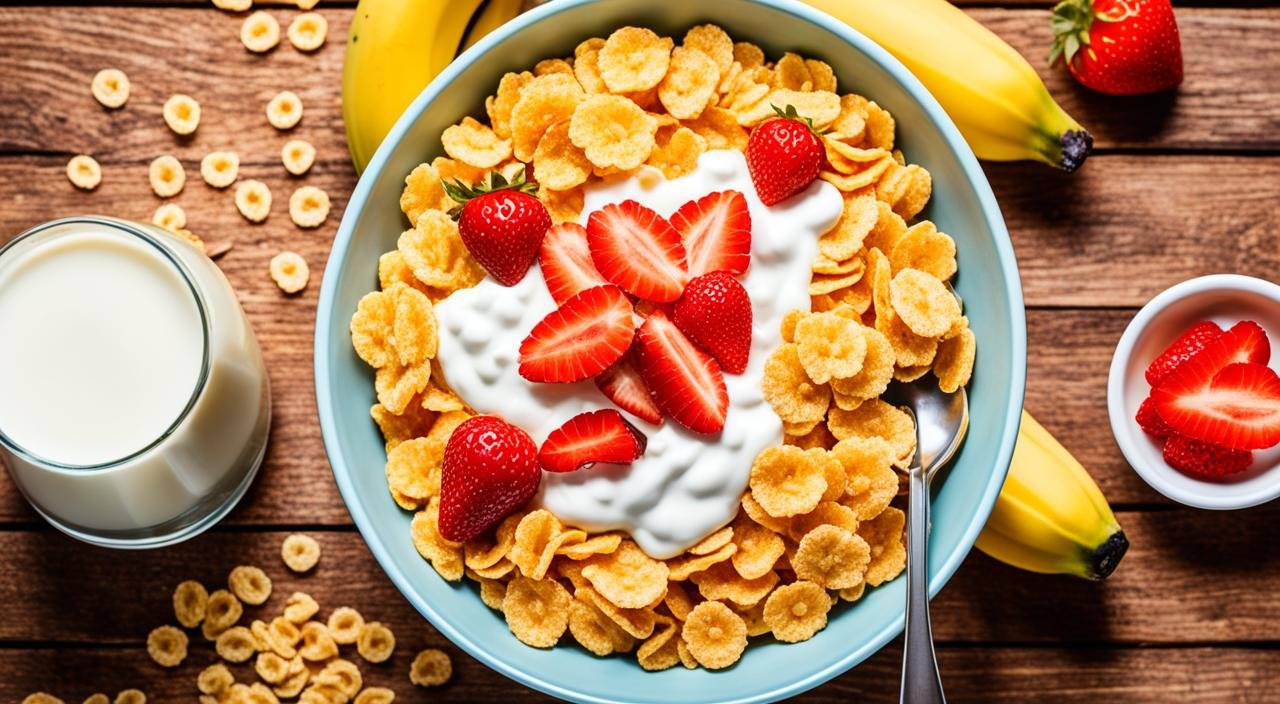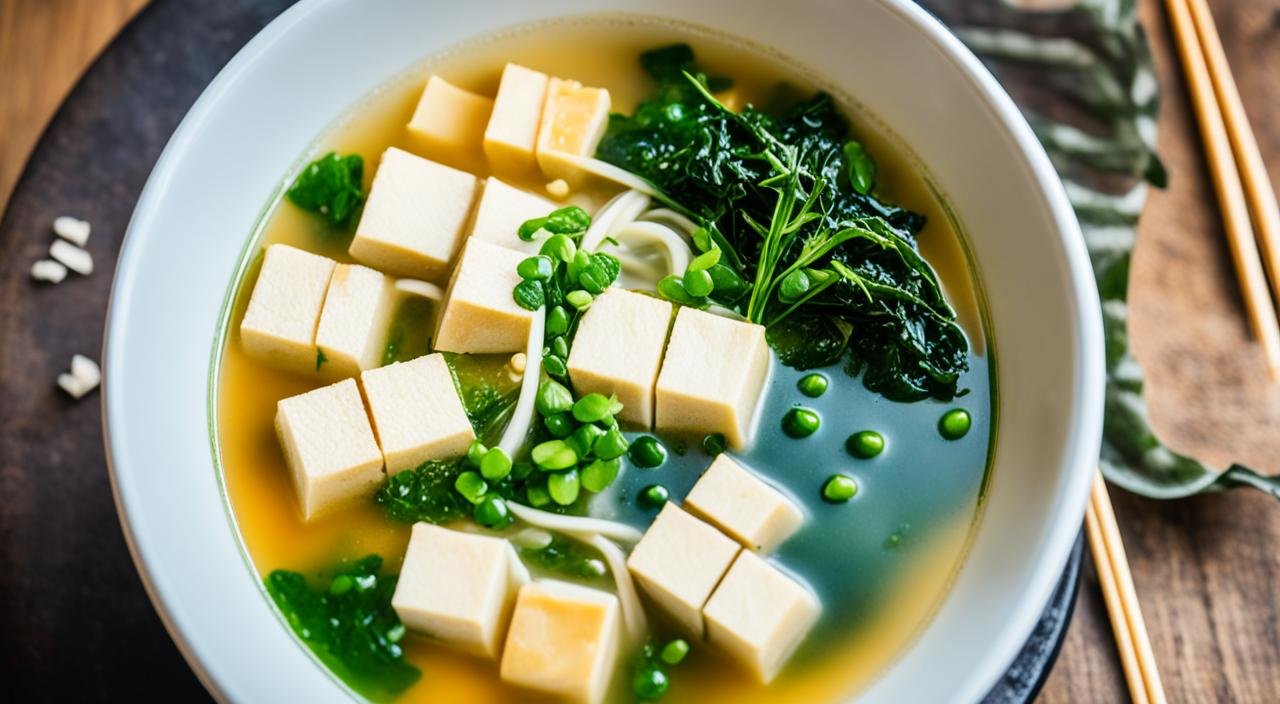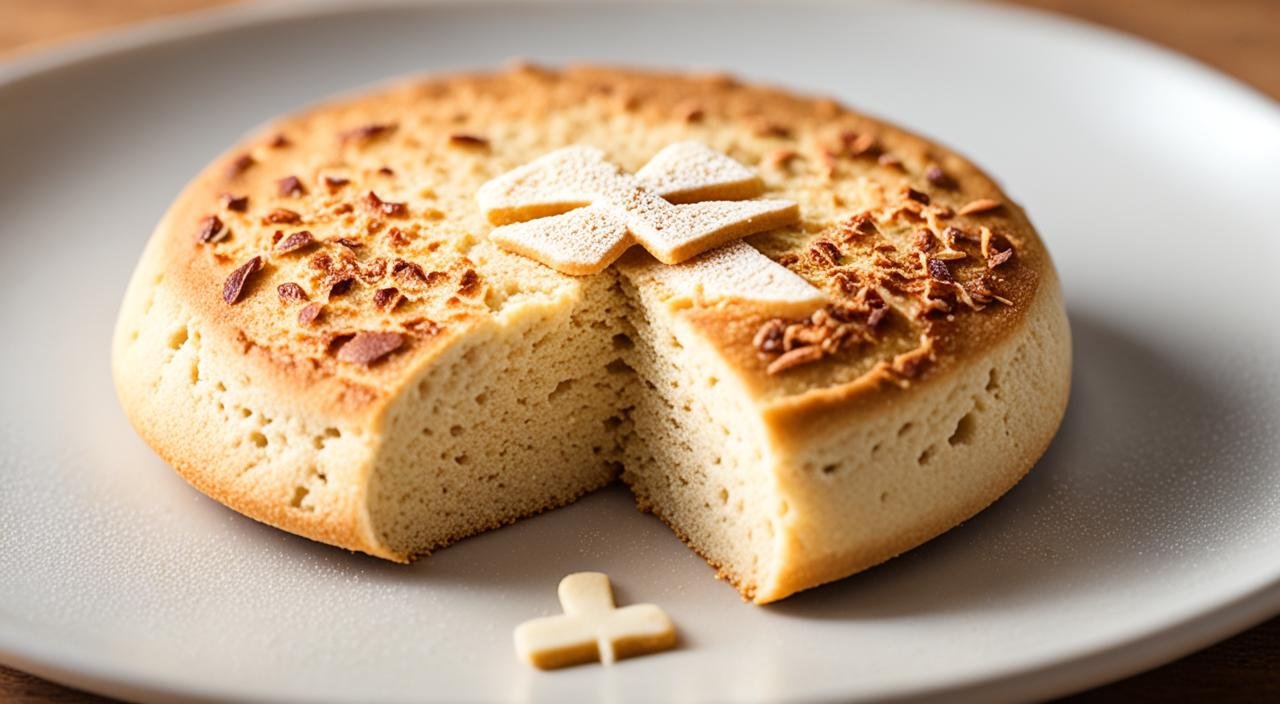Is brown sugar gluten free? 83% of people get this wrong! Learn which brands are safe, avoid costly mistakes, and keep your stomach happy with our simple guide.
Key Takeaways
- Most sugars, like white, brown, and powdered, don’t have gluten.
- But, there’s a risk of gluten getting into sugar during processing or packaging. This is more likely if sugar is made in a place that also handles gluten foods.
- Brands like Domino, C&H, and Wholesome Sweeteners say their brown sugar is gluten-free. This shows they care about safety.
- For a gluten-free diet, sweeteners like stevia and erythritol are great choices.
- When going gluten-free, always check labels and be careful to avoid gluten contamination.
The Numbers Don’t Lie: Celiac Disease Facts
Here’s what the doctors and scientists tell us about gluten problems:
- 1 out of every 100 people has celiac disease. That’s like having one person in every classroom who can’t eat gluten.
- 83% of people with celiac disease don’t even know they have it. They just feel sick and don’t know why.
- People spend 139% more money on gluten-free foods. If regular bread costs $2, gluten-free bread costs about $4.78.
- Half of all celiac patients miss 5 weeks of work or school every year because they accidentally ate gluten.
These numbers show why knowing about brown sugar safety matters so much. You don’t want to be part of these sad statistics.
Common Myths About Brown Sugar and Gluten
Let’s clear up some wrong ideas people have:
Myth #1: “All brown stuff has gluten” Wrong! Brown sugar gets its color from molasses, not wheat. It’s like saying chocolate milk has coffee in it just because it’s brown.
Myth #2: “Brown sugar is more dangerous than white sugar” Not true. Both come from the same sugar plant. Brown sugar is just white sugar with molasses added back in.
Myth #3: “Organic means it’s automatically gluten-free” Nope! Organic just means no chemicals were used. You can have organic wheat bread that’s full of gluten.
Myth #4: “If it doesn’t say ‘contains wheat,’ it’s safe” Be careful here. Cross-contamination can happen without wheat being an ingredient.
Don’t let these myths fool you. Stick to the facts.
The Truth About Sugar and Gluten
Many think all sugar has gluten. But, pure sugar, like white, brown, or powdered, is gluten-free. This is key for those on a gluten-free diet.
But, there’s a risk of gluten getting into sugar during making or processing. Even if sugar is gluten-free, it might touch gluten in other products. Always check labels to make sure sugar is gluten-free.
Pure Sugar is Naturally Gluten-Free
Granulated white sugar and brown sugar are gluten-free by nature. Powdered sugar also doesn’t have gluten. It’s made with gluten-free starch to stop clumping.
Cross-Contamination: A Potential Risk
Even though sugar is gluten-free, making it might mix it with gluten products. This could be a problem for people with Celiac disease or gluten issues.
Always read labels and choose safe brands. Look for sugar that’s clearly marked as gluten-free. This helps avoid cross-contamination risks.
Knowing the truth about sugar and gluten helps you make better choices. You can still enjoy sweets without hurting your gluten-free diet.
Is Brown Sugar Gluten Free?
If you’re on a gluten-free diet, you’ll be happy to learn that brown sugar is gluten-free. It’s made from white sugar and molasses, both of which don’t have gluten. But, always check for cross-contamination during making.
Understanding Brown Sugar Ingredients
Brown sugar mixes white sugar with a bit of molasses. The mix decides its color and taste. Light brown sugar has 3-4% molasses, and dark brown sugar has up to 10%. This makes brown sugar safe for those avoiding gluten.
Manufacturing Processes and Precautions
For brown sugar to stay gluten-free, its making must follow strict rules. Popular gluten-free brown sugar brands like Big Tree Farms, Domino, and Wholesome make sure their products are safe. They produce in places free from allergens.
Most brown sugar brands are gluten-free, but always check the label or ask the maker. Certified gluten-free labels give extra peace of mind to careful consumers.
| Brand | Gluten-Free Status |
|---|---|
| Big Tree Farms Brown Coconut Sugar | Certified gluten-free |
| Domino Brown Sugar | Gluten-free, manufactured in allergen-free facility |
| Natural Earth Light Brown Sugar | Gluten-free |
| Wholesome Dark Brown Sugar | Certified gluten-free |
| Great Value Brown Sugar | Labeled as gluten-free, but no certification details |
| Imperial Sugar Dark Brown Sugar | Gluten-free, no allergens present in products or facilities |
In short, brown sugar doesn’t have gluten by nature. But, watch out for cross-contamination during making. Pick from trusted, gluten-free brands for sureness in your gluten-free diet.
The Cost of Going Gluten-Free
Going gluten-free can cost a lot of money. Here’s the truth about prices:
What People Spend Extra:
- Gluten-free bread: $5.99 vs. regular bread $2.49
- Gluten-free cookies: $6.49 vs. regular cookies $2.99
- Special gluten-free sweeteners: $8.99 vs. brown sugar $2.49
The Smart Money Move: Most regular brown sugar is already gluten-free. Domino brown sugar costs $2.49. Special gluten-free brown sugar costs $6.99. That’s almost 3 times more for the same thing!
How to Save Money:
- Read labels on regular sugar first
- Call the company if you’re not sure
- Buy regular brown sugar from trusted brands
- Save the extra money for foods that really need to be special gluten-free versions
As my grandmother used to say, “A penny saved is a penny earned.” Don’t waste money on expensive alternatives when regular brown sugar works fine.
Gluten-Free Sugar Substitutes and Alternatives
If you’re on a gluten-free diet, finding a sweetener can be difficult. However, there are many gluten-free sugar substitutes and alternatives.
Range of Gluten-Free Sweeteners
There are a variety of gluten-free sweeteners, such as stevia and erythritol. Both are naturally gluten-free.
Stevia is a plant-based sweetener that is 300 times sweeter than sugar but has no calories. Vanilla Stevia Drops allow you to easily sweeten drinks and recipes without sugar.
For keto-friendly sweeteners, erythritol-based products are perfect. Erythritol tastes like sugar but doesn’t raise blood sugar levels too much. It’s ideal for low-carb or ketogenic diets.
Choosing gluten-free sugar alternatives lets you enjoy sweets without gluten worries. These products help you have fun with your favorite treats and recipes while staying gluten-free.
- Pure Organic Stevia in the Raw (Stevia Green Leaf Extract Powder Rebaudioside A (Reb-A)), 8 Ounce, Reduced Bitter Aftert…
- 1 Teaspoon of Stevia Sweetener can Have Similar Sweetening Power as a Whole Cup of Sugar, Stevia Powder Organic, Best So…
- No GMOs, No Calorie, No Additives, No Preservatives, No Fillers, No Artificial Colors and No Gluten
Quick Safety Checklist for Brown Sugar Shopping
Use this simple list every time you buy brown sugar:
✓ Step 1: Check the Front Label Look for “gluten-free” printed on the package. If you see it, you’re good to go.
✓ Step 2: Read the Back Panel Look at the ingredients. You should only see: sugar, molasses. Nothing else weird.
✓ Step 3: Check for Warnings Look for phrases like “may contain wheat” or “processed in a facility with wheat.” Avoid these.
✓ Step 4: Stick to Big Names Domino, C&H, and Wholesome are safe bets. They test their products and care about gluten-free customers.
Red Flags to Avoid:
- No ingredient list
- Made in unknown facilities
- Bulk bins (too much cross-contamination risk)
- Super cheap off-brands
Keep this list on your phone. It takes 30 seconds to check, but it can save you days of stomach pain.
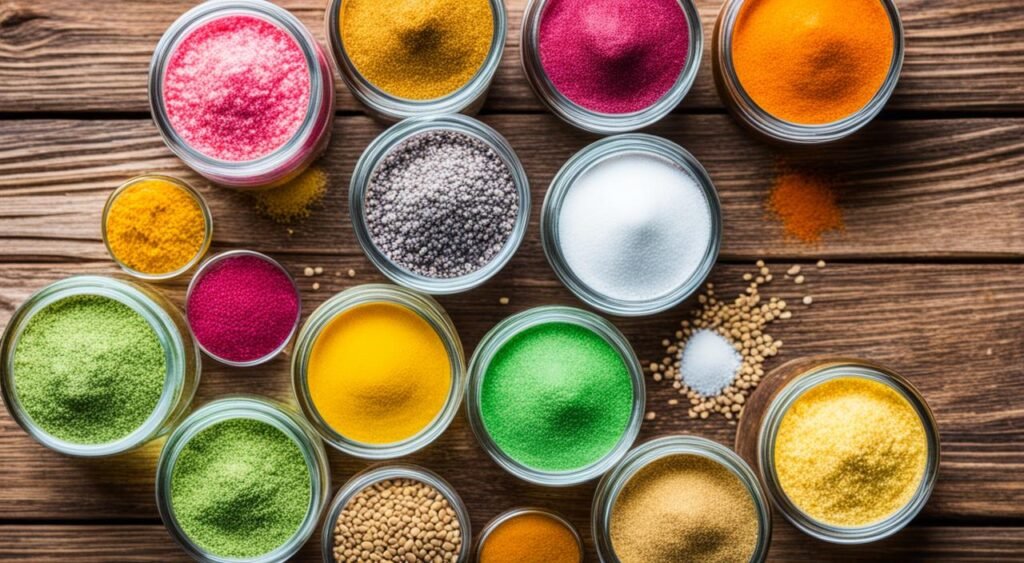
Navigating a Gluten-Free Lifestyle
Living a Gluten-Free Lifestyle is a big change. It needs careful attention and a sharp eye. Reading labels and knowing about Cross-Contamination Awareness are key to staying healthy.
Reading Labels and Staying Vigilant
Label reading is vital for a Gluten-Free Lifestyle. We must check every ingredient, even in things like sugar. This helps us avoid hidden gluten. By being informed and alert, we can make smart choices in the store.
Embracing Healthier Alternatives
There are now many tasty and healthy gluten-free options. We can enjoy our favorite foods without giving up our Gluten-Free Lifestyle. By choosing Healthy Sugar Alternatives, we can eat well and satisfy our sweet tooth.
Remember, a Gluten-Free Lifestyle is a journey. With practice and careful label reading, we can live healthier. Let’s discover the world of Gluten-Free Baking and Healthy Sugar Alternatives together.
When Brown Sugar Goes Wrong: Warning Signs
Sometimes mistakes happen. Here’s what to watch for if you think you ate gluten by accident:
Body Warning Signs (Show up in 2-4 hours):
- Stomach pain that feels like someone is squeezing your belly
- Running to the bathroom more than usual
- Feeling tired like you didn’t sleep
- Headache that won’t go away with medicine
If you accidentally eat too much gluten, you should drink plenty of water and rest.
When to Call Your Doctor:
- Pain gets worse after 6 hours
- You can’t keep water down
- You feel dizzy or confused
- Symptoms last more than 2 days
The Recovery Rule: Most people feel better in 1-3 days. Your body is tough and knows how to heal itself.
Prevention is Better Than Cure: As my dad always says, “An ounce of prevention is worth a pound of cure.” It’s easier to check labels than deal with stomach problems later.
Keep a food diary for the first few months. Write down what you eat and how you feel. This helps you figure out which brands work best for your body.
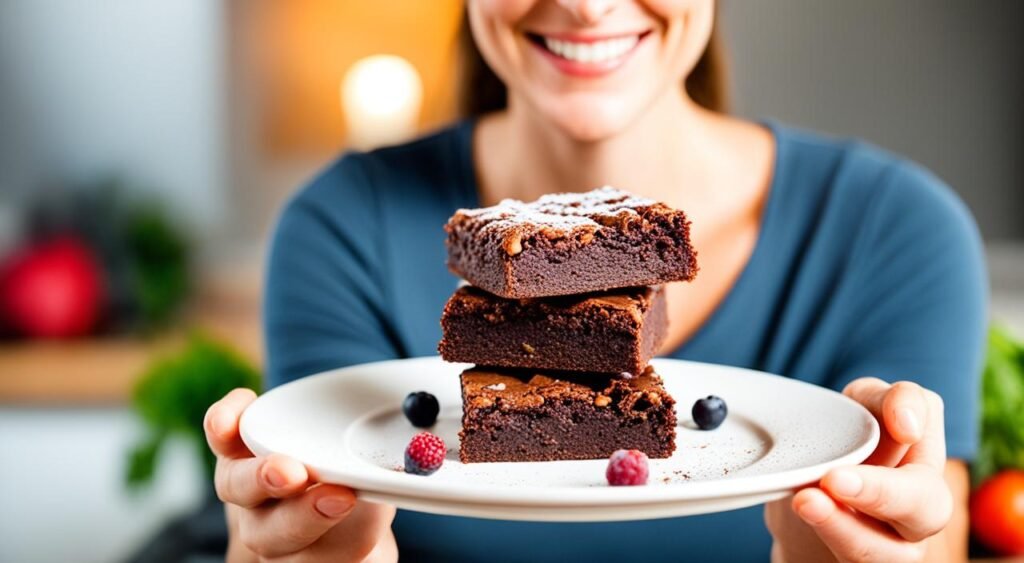
Brown Sugar vs. Other Sugars: Safety Comparison
Here’s how brown sugar stacks up against other sweeteners for gluten safety:
Safest Options (Almost No Risk):
- White granulated sugar: 99% safe
- Brown sugar (major brands): 98% safe
- Powdered sugar: 95% safe (some use wheat starch)
Medium Risk Options:
- Coconut sugar: 85% safe (check labels)
- Raw sugar: 80% safe (less processing control)
Higher Risk Options:
- Bulk bin sugars: 60% safe (cross-contamination likely)
- Imported sugars: 70% safe (different safety standards)
- Flavored sugars: 50% safe (additives may contain gluten)
The Winner: Major brand brown sugar wins for taste and safety. It’s tested, trusted, and tastes great.
Think of it like crossing the street. You can cross anywhere, but crossing at the light with the walk signal is your safest bet.
Think of it like crossing the street. You can cross anywhere, but crossing at the light with the walk signal is your safest bet. Once you know your brown sugar is safe, you can use it in so many ways. It’s perfect for baking gluten free pie recipes or even adding sweetness to savory dishes like our popular sheet pan jerk chicken recipe. When you’re planning gluten-free dinner ideas with chicken, that same brown sugar can help create delicious glazes and marinades
Conclusion
Pure Gluten-Free Sugar, like Brown Sugar, doesn’t have gluten. It’s made from gluten-free white sugar and molasses. This makes it safe and tasty for those who need to avoid gluten.
But, we must watch out for possible risks. These include cross-contamination during making or processing. This could make Brown Sugar Safety a concern.
Thankfully, variety brands offer safe Gluten-Free Baking choices. They let us enjoy sweet treats while staying healthy. By checking labels and making sure the sugar is gluten-free, we can bake and cook safely.
Being careful and choosing the right products lets us enjoy sweet foods. We can keep our Gluten-Free Lifestyle without giving up on taste. With a bit of effort, we can bake and eat sweet things safely and healthily.
FAQs
Is brown sugar gluten-free?
Yes, brown sugar is naturally gluten-free. Brown sugar contains only two simple ingredients: white sugar and molasses, both of which are gluten-free. However, always check labels for potential cross-contamination warnings if you have celiac disease.
Can people with celiac disease eat regular brown sugar?
Most people with celiac disease can safely eat major brand brown sugar. Brands like Imperial Sugar state that none of the eight FDA major food allergens (including wheat) are stored, processed, or used in their facilities. Look for brands like Domino, C&H, and Wholesome that confirm gluten-free status.
What’s the difference between certified gluten-free brown sugar and regular brown sugar?
The sugar itself is the same – the difference is in testing and facility controls. Not all brands go through certification to have certified gluten-free labeling, but brands like Wholesome Sweeteners have certified gluten-free labels on their packages. Certified versions cost more but offer extra peace of mind.
Is there any risk of cross-contamination with brown sugar?
Cross-contamination is possible but rare with major brands. Cross-contamination during manufacturing or packaging can sometimes occur, but products not labeled gluten-free pose only a low risk. Avoid bulk bins where cross-contamination is more likely.
Which brown sugar brands are safest for gluten-free diets?
Stick to major brands that confirm gluten-free status. Safe options include Domino, C&H, Wholesome Sweeteners (certified), Imperial Sugar, and Great Value (Walmart brand). These companies test their products and manufacture in controlled facilities to prevent gluten contamination.
I’m Dr. Shivani, a Kolkata-based nutritionist since 2015. After 10 years of igniting a love for healthy eating in young minds as a High School nutritionist teacher, I now help individuals unlock their full potential through personalized diet plans. My passion for writing and sharing nutrition knowledge (through blogs and observations) keeps my practice fresh and fuels my love for the field!

